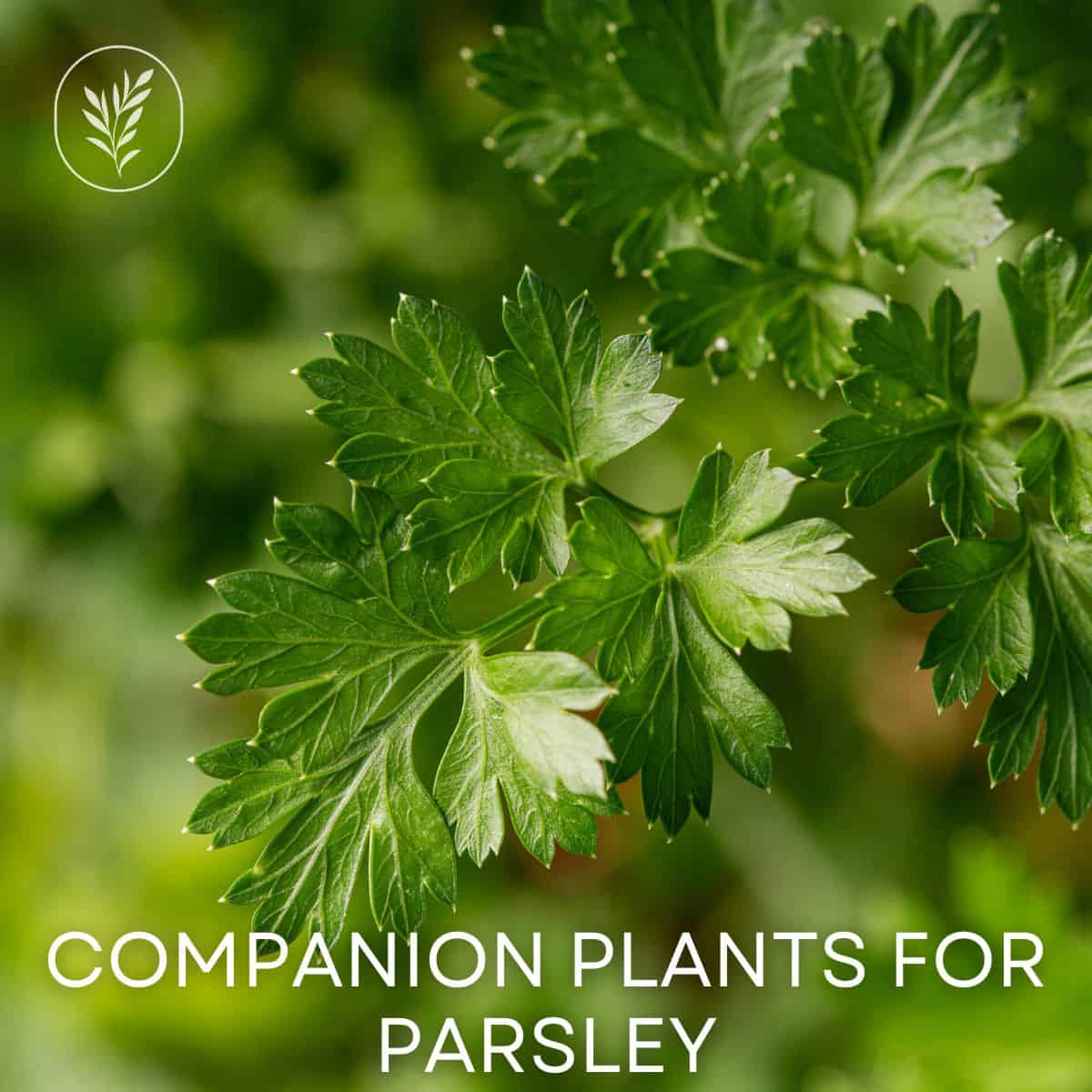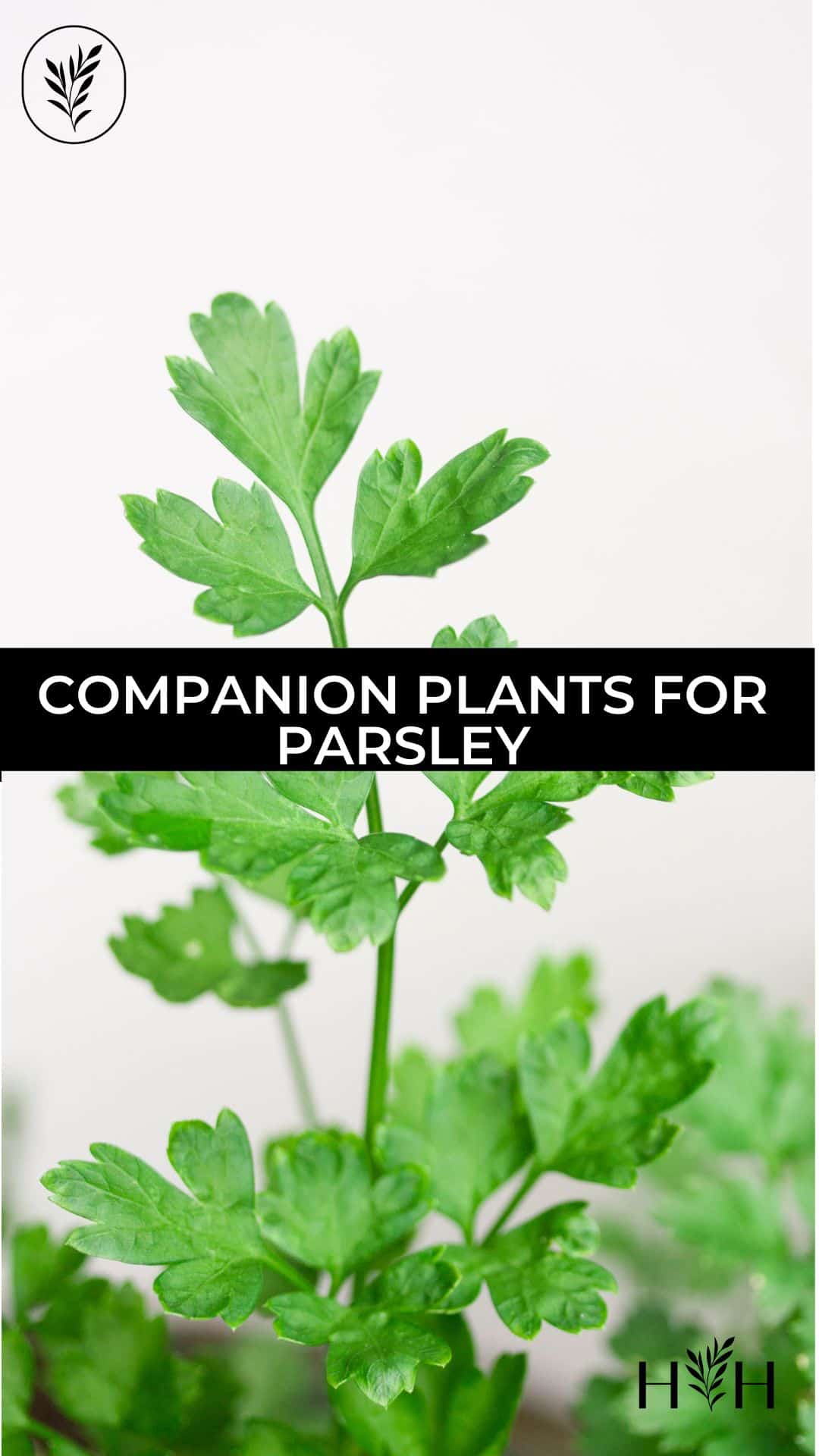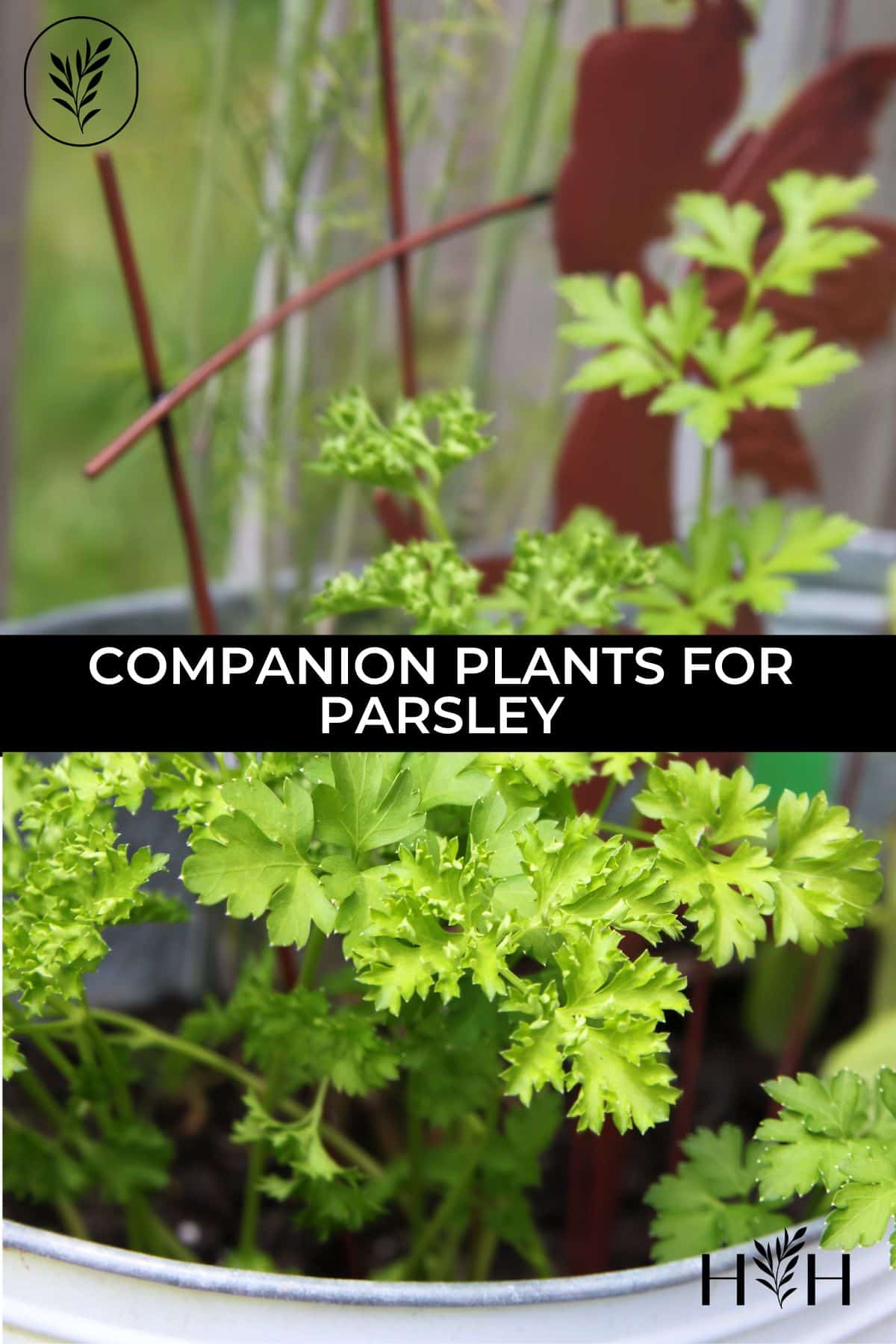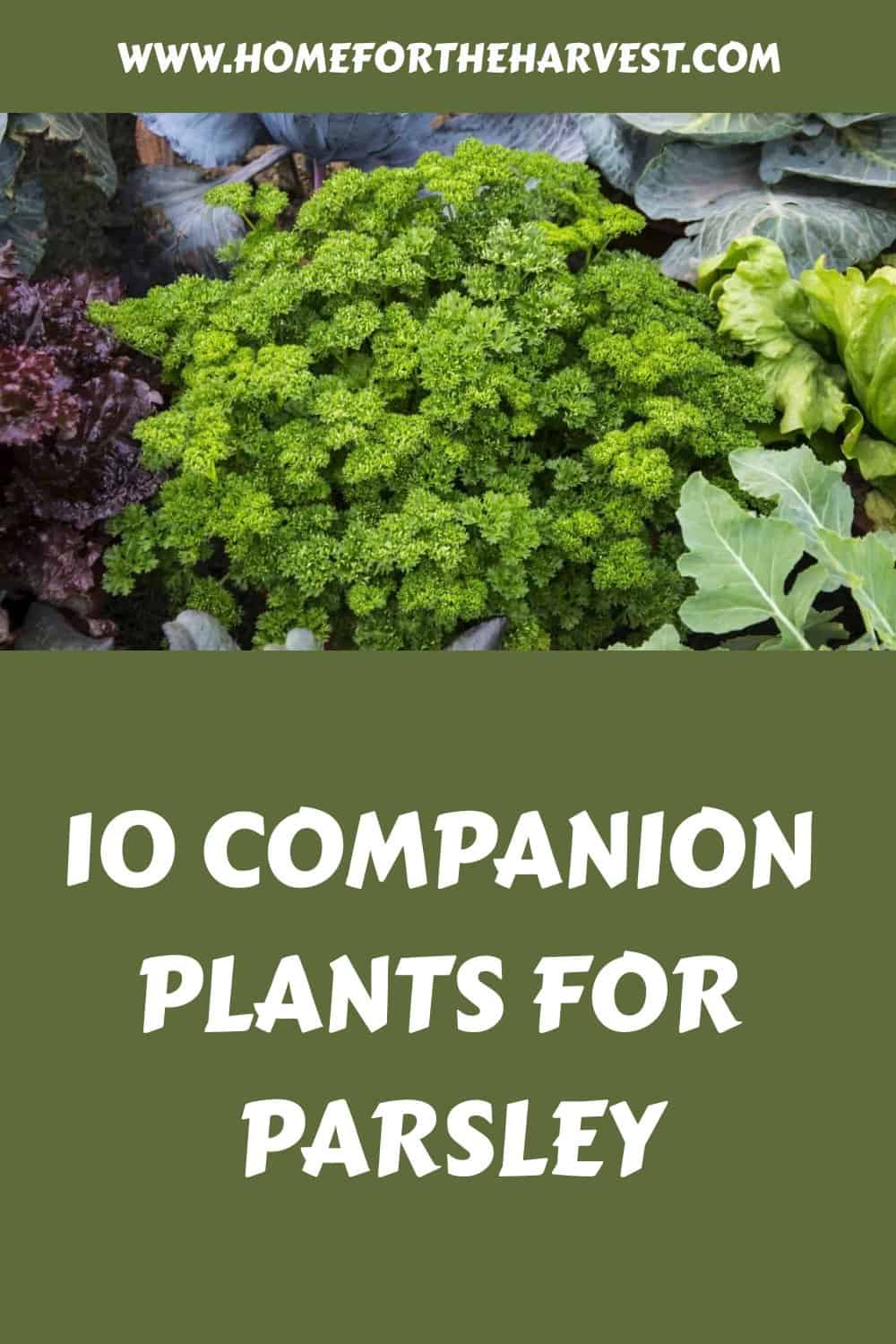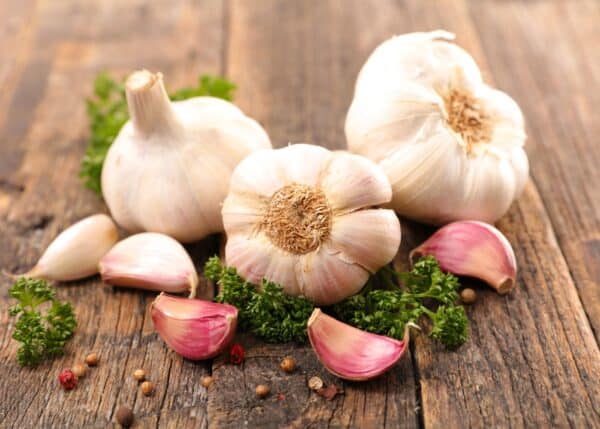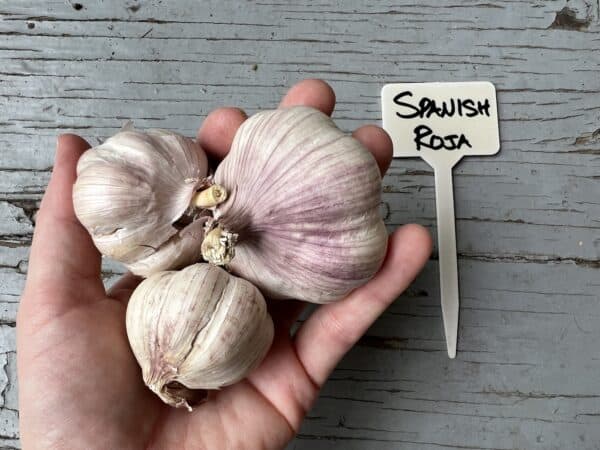Parsley is an extremely beneficial plant to have in your garden if you are trying to keep pests at bay. It attracts many insects or pests that feed on the pests of other plants. In a way, it’s a natural pest repellent and mutually beneficial to many crops in your garden. Take a look at these tips for parsley companion planting and see how you can utilize them this season.
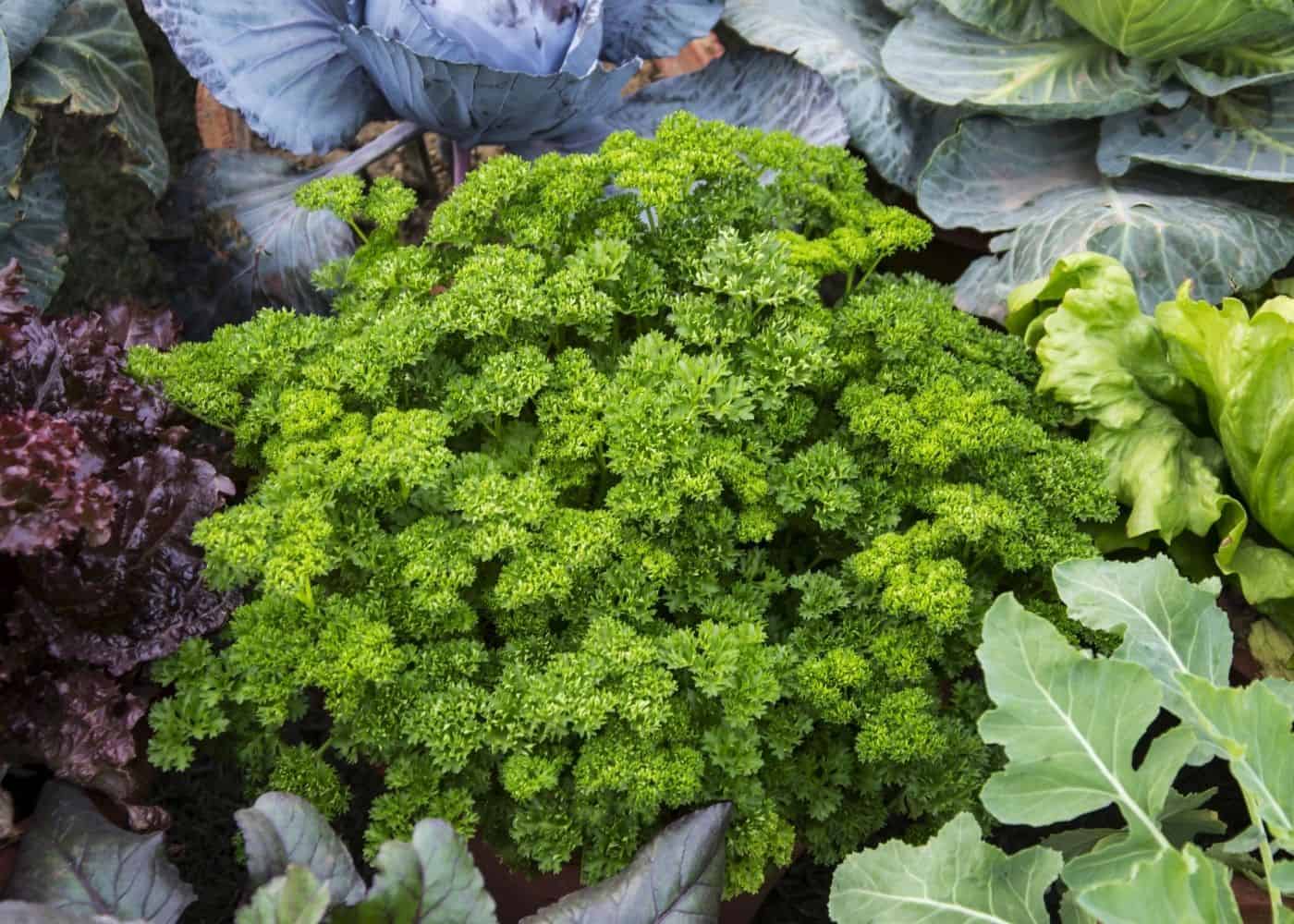
Companion planting with parsley
Companion planting is the art of using plant symbiotic relationships to keep one another thriving. When two plants mutually benefit one another by keeping pests away or making the soil healthier, they are called companion plants. Parsley is an amazing companion plant that helps bring in beneficial insects that will help your other crops. Below are 10 plants that pair well with parsley in the garden.
1. Tomatoes
Parsley plants are often used to trap pests and draw them away from the most important tomato plants, making them great tomato companion plants! Aphids love tomatoes, so to get rid of them, plant parsley nearby. The hoverflies that linger around parsley will eat up the aphids and help clear your garden. Be sure to research the types of tomatoes you grow as there is a wide variety and some attract different insects than others.
2. Chives
Parsley is a biennial plant that flowers in its second year before setting seed. When overwintered parsley flowers in the spring, it attracts busy pollinators and other helpful insects that will prey on any pests trying to eat at your chives. Chives and parsley surprisingly make great companion plants for your garden.
3. Brassicas
Brassicas plants include kale, cabbage, and broccoli. These plants suffer from pests like cabbage worms or cutworms that eat at their large leaves. Parsley does a great job at distracting predators to take care of those pests, making your brassica crop healthier.
4. Pear trees
Parsley is sometimes used as a companion plant for pears and other tree fruits. Parsley attracts beneficial predators that will keep pests off of your pears. Some of these predators include braconid wasps which will eat the gypsy moth that loves to feed on pear trees.
5. Corn
Corn growing in your garden attracts armyworms. This pest will eat away quickly at your corn crop, leaving you with little to harvest. Place parsley nearby to attract beneficial insects that will feed on the armyworms and keep your corn growing strong.
6. Pepper plants
Peppers do a fantastic job at repelling most pests on their own because of their scent and taste, but aphids and beetles still make their way around. Have parsley near your pepper plants to attract predators that will take care of anything the peppers can’t on their own. The predators love to eat aphids and beetles that munch on your pepper plants.
7. Apple trees
Apples suffer from similar pests as pears and therefore benefit from parsley growing nearby. Many apple trees suffer from codling moth infestations. This never looks good and will leave your apple trees withered. Planting parsley around the tree will bring in insects that will deter the moths and many other pests. Instead of holes in your apples, you will have juicy apples to harvest.
8. Roses
Rose bushes often get eaten up by sawflies. To keep this from happening, plant parsley nearby to attract tachinid flies and hoverflies. These helpful insects will feed on the sawflies and keep your rose bushes nice and healthy. Not to mention, planting the parsley near the rose bushes makes for a lovely fragrant area of the garden.
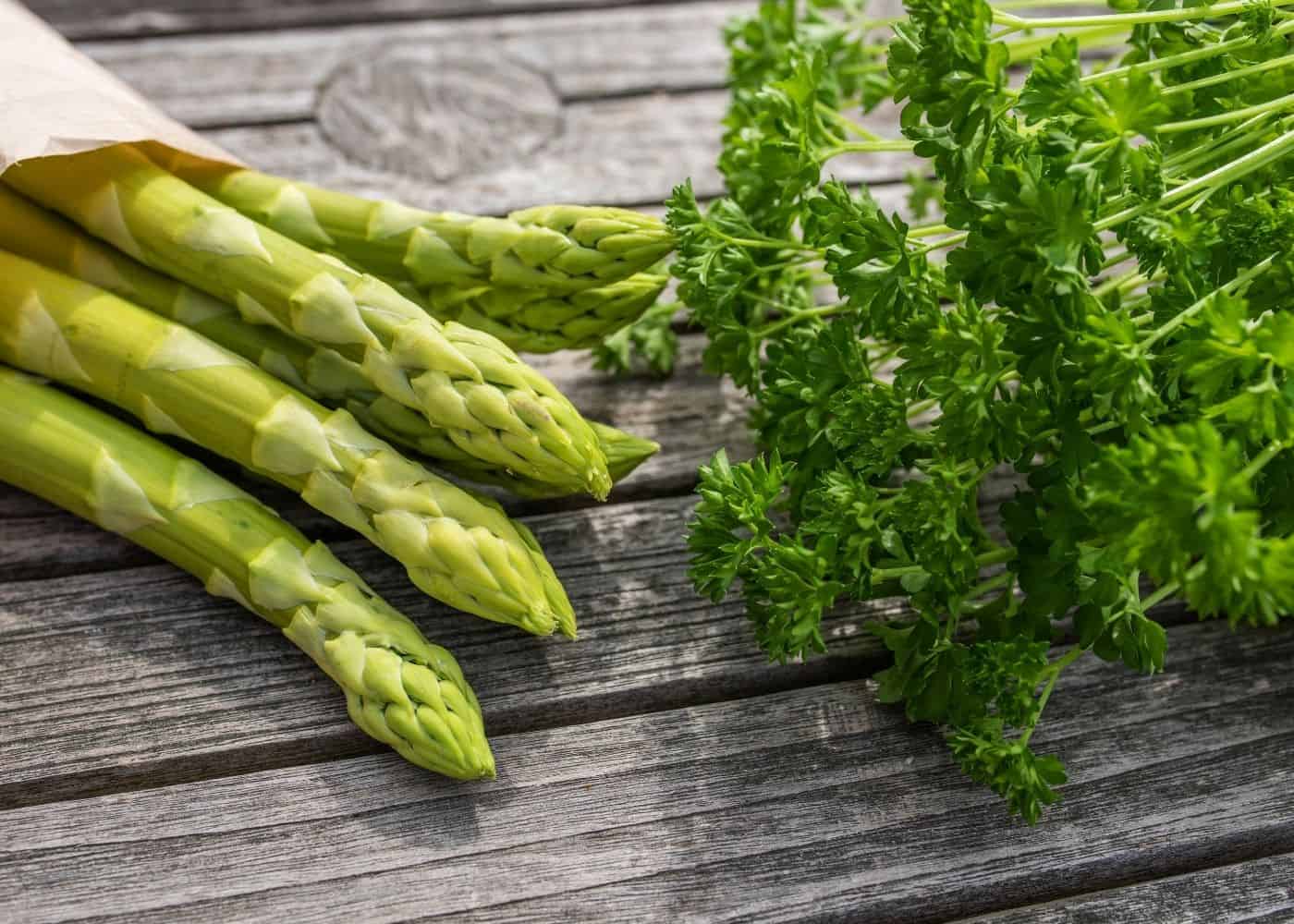
9. Asparagus
Asparagus plants probably benefit the most from being planted near parsley. They have a symbiotic relationship and grow very well together. Parsley keeps asparagus beetles off the asparagus plants. The best way to take advantage of parsley and asparagus growing together is to plant parsley between the rows of asparagus each year. You will be able to harvest fresh asparagus free of pests like asparagus beetles and some parsley in between growths.
10. Beans
Beans and legumes are great parsley companion plants because they will help keep cutworms away. Beans and legumes attract cutworms and parsley attracts tachinid flies which like to eat cutworms! The pests that are typically drawn to parsley are great for eating the insects off other plants nearby.
What can you not plant near parsley?
While doing your research on companion planting parsley, keep in mind plants that may not benefit from close proximity to it. Some of these plants include carrots, lettuce, mint, and some alliums (garlic, onions, and shallots).
- Carrots and parsley have similar growing requirements and will compete for nutrients in the soil. They can certainly be grown beside each other, but the plants take the same form and will certainly compete if planted closely.
- Lettuce can cause parsley to bolt too early and will attract hoverflies that will eat up the lettuce.
- The root of a mint plant will easily take over the living space of a parsley plant, so they don’t do well together. Mint is usually grown in its own separate container!
- Alliums will easily stunt the growth of your parsley, so plant them on the other side of the garden.
- Dill is almost always planted away from other edible plants (including parsley). Keep parsley in your herb or vegetable garden but plant dill over in the flowers or away from your edible crops.
Planting your parsley
When you go to plant your parsley, keep in mind that this plant does best in loamy soil with good drainage. They prefer sunny areas that are cool at some points in the day. A lightly shaded garden will do nicely. Parsley requires very little maintenance once planted and can help improve the nutrients in your soil while helping your other crops ward off pests. Use parsley in your companion planting to protect some of the plants listed above!


